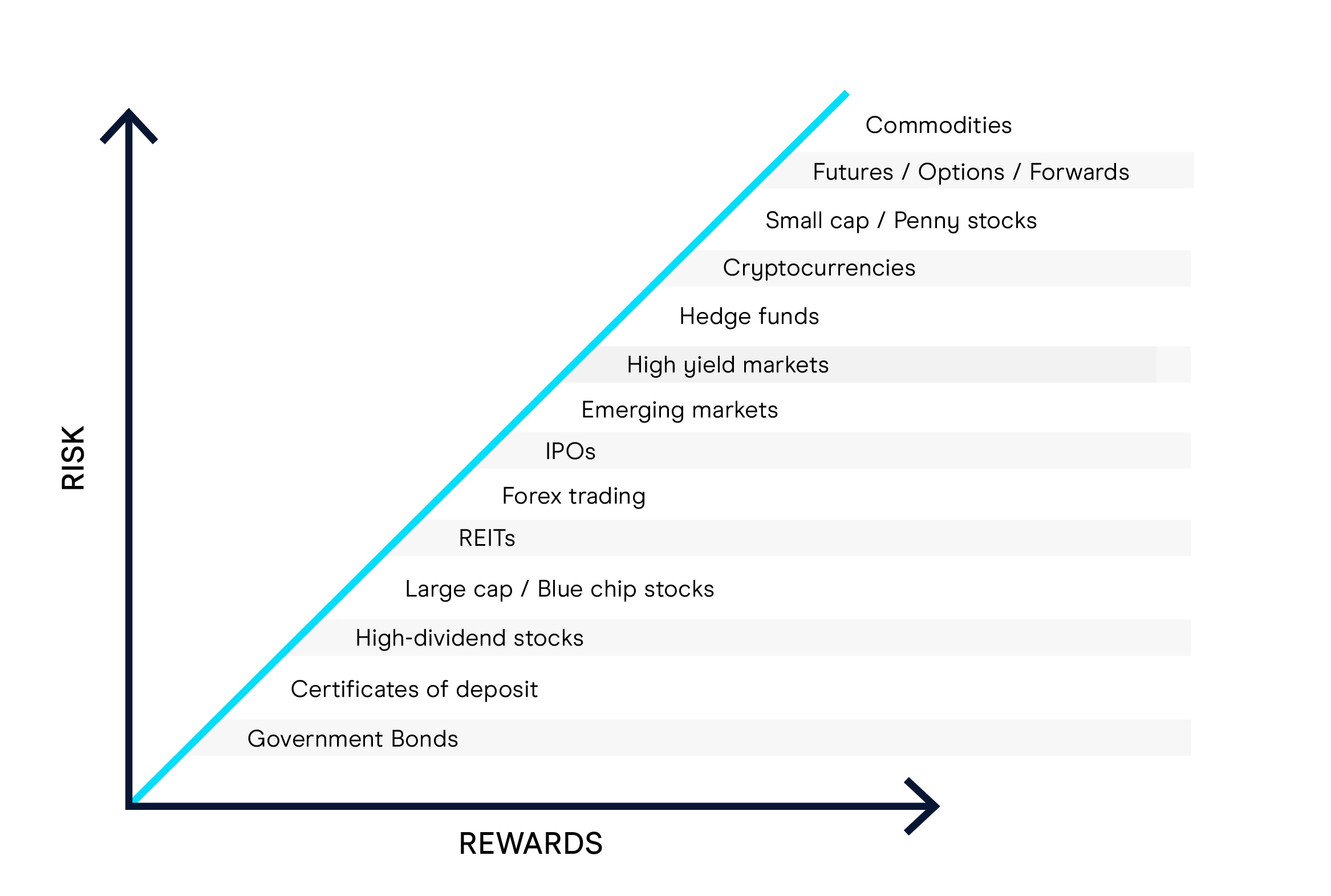Delve into the Exciting World of Margin Trading!
Welcome to the exhilarating world of margin trading! This financial strategy allows traders to borrow funds in order to increase their purchasing power and potentially amplify their returns. While margin trading can offer exciting opportunities for profit, it also comes with its own set of risks that traders must carefully navigate. In this article, we will explore the ins and outs of margin trading, delving into both the rewards and the potential pitfalls that come with leveraging margin.
Margin trading allows traders to buy more securities than they could with just their own capital. By borrowing funds from a broker, traders can increase their buying power and potentially increase their profits. This can be especially appealing to investors who are confident in their ability to make successful trades and want to maximize their returns.
One of the key benefits of margin trading is the potential for higher returns. By leveraging margin, traders can amplify their gains when their trades are successful. This can be particularly lucrative in a bull market, where prices are rising and opportunities for profit abound. Margin trading allows traders to take advantage of these opportunities and potentially increase their wealth at a faster pace.
However, with the potential for higher returns comes increased risk. When traders borrow funds to invest, they are also exposing themselves to the possibility of larger losses. If a trade goes against them, they may be required to repay the borrowed funds, plus interest, even if the value of their investment has decreased. This can lead to substantial losses and even margin calls, where the broker demands additional funds to cover the losses.

Image Source: cmcmarkets.com
Another risk of margin trading is the potential for margin calls. If the value of the securities purchased with borrowed funds declines, the broker may require the trader to deposit additional funds to cover the losses. Failure to meet a margin call can result in the broker liquidating the trader’s positions to recoup the borrowed funds, potentially locking in significant losses for the trader.
Despite these risks, margin trading can be a valuable tool for experienced traders who understand the risks involved and have a solid trading strategy in place. It allows traders to increase their buying power and potentially amplify their returns, providing opportunities for profit that may not be available with cash-only trading.
In conclusion, margin trading offers a world of exciting opportunities for traders looking to increase their purchasing power and potentially boost their profits. However, it also comes with its own set of risks that must be carefully managed. By understanding the risks and rewards of leveraging margin, traders can make informed decisions and potentially enhance their trading success. So, delve into the exciting world of margin trading with caution, and may your trades be profitable and your risks well-managed.
Balancing Risks and Rewards in Margin Trading
Are you ready to dive into the thrilling world of margin trading? It’s an exciting endeavor that offers the potential for high returns, but it’s important to understand the risks and rewards before jumping in headfirst.
Margin trading involves borrowing funds from a broker to trade financial assets, such as stocks, currencies, or commodities. By using leverage, traders can increase their buying power and potentially amplify their profits. However, this also means that losses can be magnified, leading to significant financial risks.
One of the key factors to consider when engaging in margin trading is the concept of margin calls. When the value of your investments falls below a certain level, your broker may require you to deposit additional funds to maintain the minimum margin requirement. Failure to meet a margin call can result in your positions being liquidated at a loss, potentially wiping out your entire investment.
To mitigate the risks of margin trading, it’s important to carefully manage your leverage and set strict risk management guidelines. This includes determining the maximum amount of capital you are willing to risk on a single trade, as well as implementing stop-loss orders to limit potential losses.
On the flip side, the potential rewards of margin trading can be enticing. With leverage, traders can access larger positions than their initial investment would allow, potentially leading to higher profits. This can be especially beneficial in a volatile market, where price movements can be more extreme.
However, it’s important to remember that leverage is a double-edged sword. While it can amplify gains, it can also amplify losses. It’s crucial to have a clear understanding of your risk tolerance and financial goals before engaging in margin trading.
Another key consideration in margin trading is the interest rate charged on borrowed funds. This cost, known as the margin rate, can erode profits if not carefully managed. It’s important to consider the impact of interest rates on your trading strategy and factor them into your overall risk management plan.
In conclusion, margin trading offers the potential for high returns, but it’s essential to balance the risks and rewards carefully. By understanding the potential pitfalls and implementing sound risk management practices, traders can increase their chances of success in the exciting world of margin trading. So, do your research, set clear guidelines, and trade responsibly. Happy trading!
Leveraging Margin Trading: Risks and Rewards